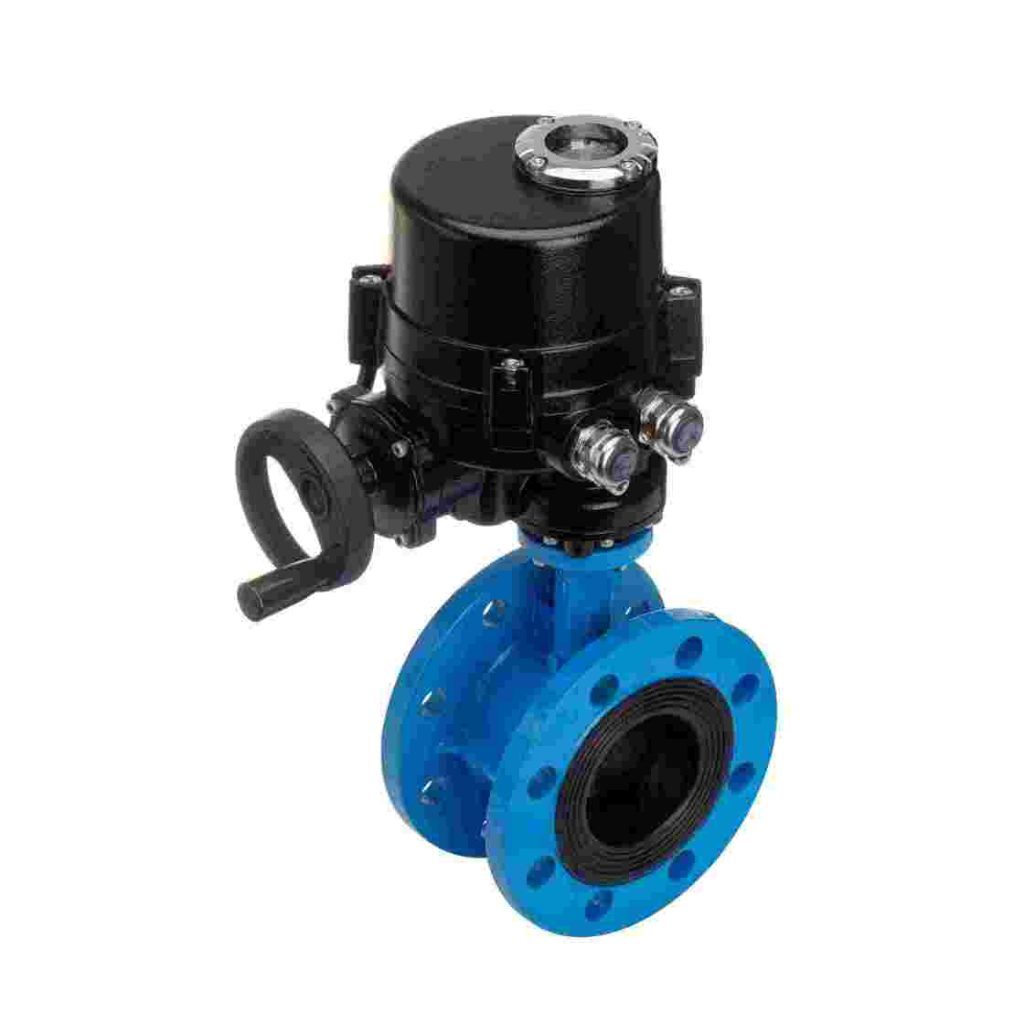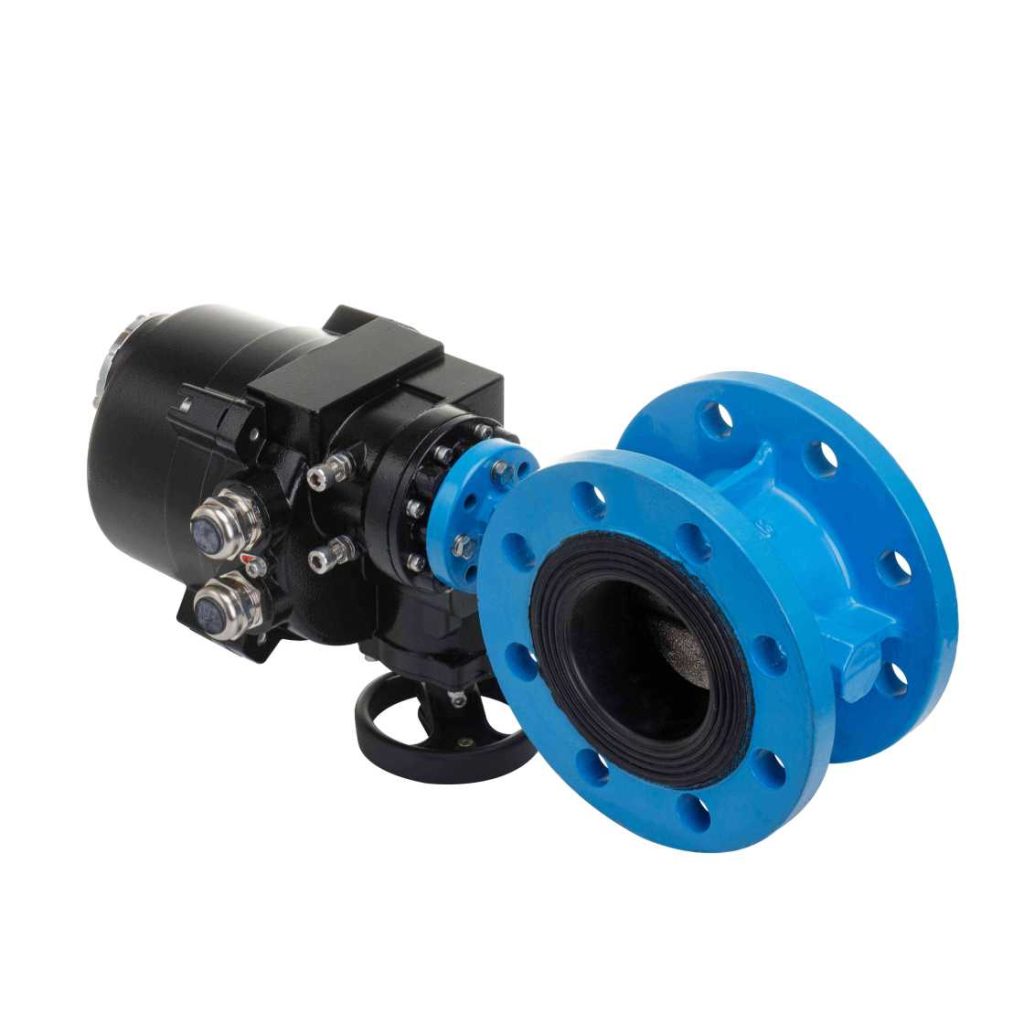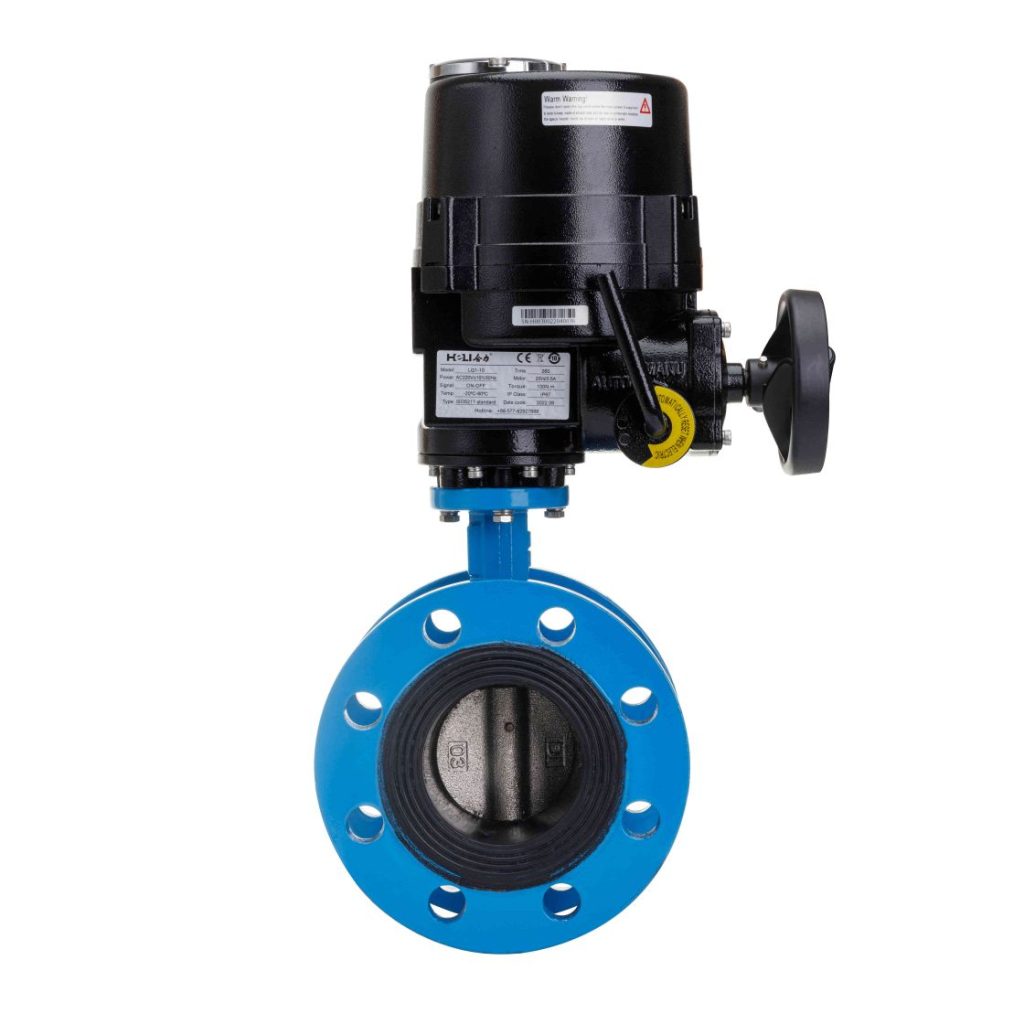The explosion-proof electric flanged butterfly valve is a crucial component in modern industrial applications, particularly in sectors where flammable gases and liquids are present. This type of valve not only controls the flow of substances but also enhances safety by preventing explosions and other hazards. In this article, we will explore the design, functionality, applications, advantages, and maintenance of explosion-proof electric flanged butterfly valves.

Design and Functionality

An explosion-proof electric flanged butterfly valve comprises several key components: the valve body, disc, seat, actuator, and flanges. The valve body, typically made of durable materials such as stainless steel or ductile iron, houses the disc, which pivots to open or close the valve. The seat, often made of rubber or PTFE, provides a tight seal to prevent leaks. The “flanged” aspect of the valve refers to its connection method. Flanges allow for secure attachment to pipelines, ensuring that the valve remains firmly in place under varying pressures. The electric actuator is responsible for opening and closing the valve remotely, providing operational convenience. This actuator is specifically designed to withstand explosive atmospheres, adhering to strict safety standards to mitigate risks.
